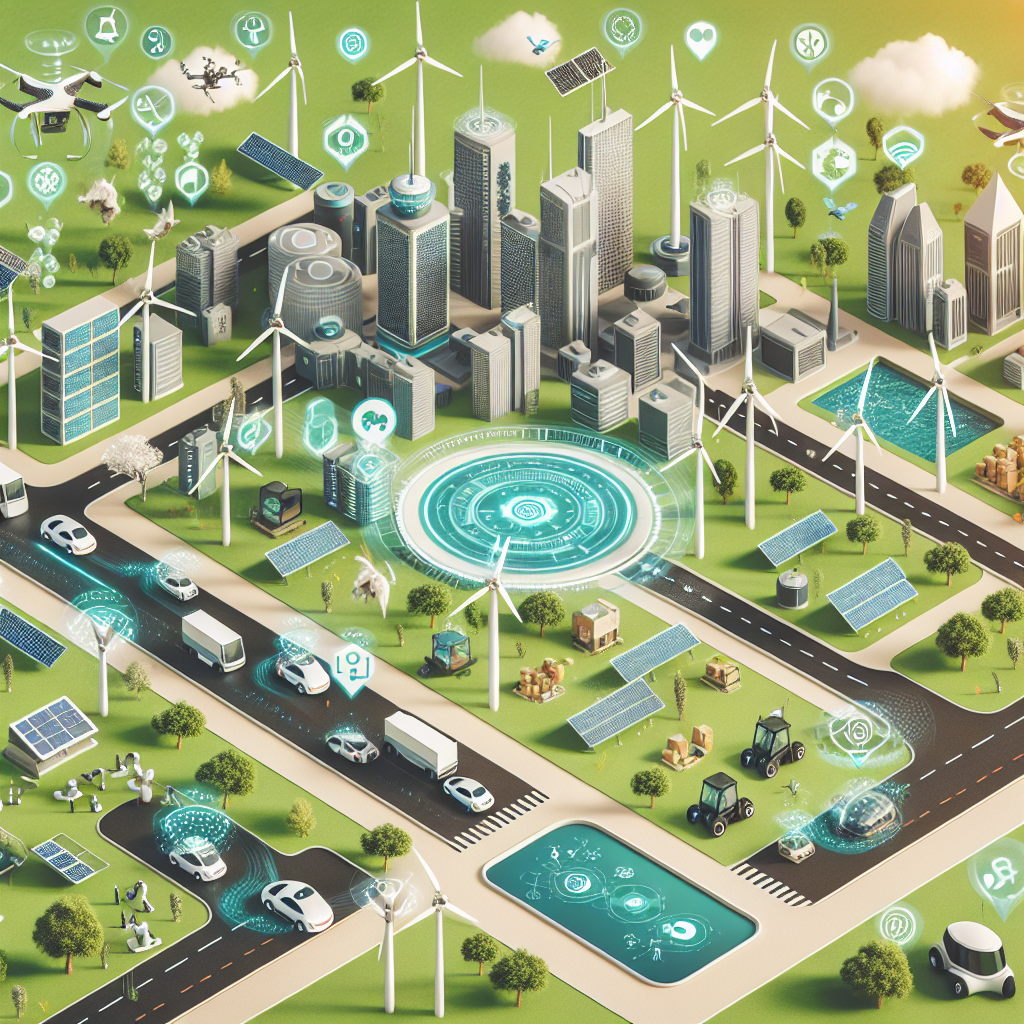The Promise of AI in Achieving the Sustainable Development Goals
Artificial intelligence (AI) is a powerful technology that has the potential to revolutionize the way we address global challenges, including achieving the Sustainable Development Goals (SDGs). The SDGs, adopted by all United Nations Member States in 2015, aim to end poverty, protect the planet, and ensure prosperity for all by 2030. AI has the ability to accelerate progress towards these goals by enabling more efficient and effective solutions to complex problems. In this article, we will explore the promise of AI in achieving the SDGs and how it can be harnessed for the benefit of humanity.
AI for Poverty Eradication
One of the key goals of the SDGs is to eradicate poverty in all its forms. AI can play a crucial role in this by enabling the development of innovative solutions that can empower individuals and communities to lift themselves out of poverty. For example, AI-powered financial services can help underserved populations access credit and other financial resources, enabling them to start businesses and improve their livelihoods. AI can also be used to improve agricultural productivity, healthcare delivery, and education, all of which are essential for poverty eradication.
AI for Environmental Sustainability
Another important goal of the SDGs is to protect the planet and ensure sustainable development. AI can help achieve this by enabling more efficient resource management, reducing waste, and mitigating the impact of climate change. For example, AI-powered sensors and monitoring systems can help track environmental indicators such as air and water quality, biodiversity, and deforestation, enabling policymakers to make informed decisions to protect the environment. AI can also be used to optimize energy consumption, reduce emissions, and promote sustainable practices in industries such as transportation, manufacturing, and agriculture.
AI for Health and Well-being
Improving health and well-being is another key goal of the SDGs, and AI has the potential to revolutionize healthcare delivery and disease prevention. AI-powered diagnostic tools can help healthcare providers make more accurate and timely diagnoses, leading to better treatment outcomes for patients. AI can also be used to analyze large datasets to identify disease trends and risk factors, enabling public health officials to implement targeted interventions to prevent the spread of diseases. In addition, AI can help improve mental health services, promote healthy lifestyles, and support aging populations to live independently and with dignity.
AI for Quality Education
Quality education is essential for achieving the SDGs, and AI can help improve access to education, enhance the quality of teaching and learning, and promote lifelong learning opportunities for all. AI-powered adaptive learning platforms can personalize educational content to meet the needs and learning styles of individual students, enabling them to learn at their own pace and achieve better academic outcomes. AI can also be used to provide teachers with real-time feedback on student performance, identify areas for improvement, and support professional development. In addition, AI can help bridge the digital divide by providing access to educational resources for underserved populations in remote areas.
FAQs
Q: How can AI be used to address global poverty?
A: AI can be used to develop innovative solutions that empower individuals and communities to lift themselves out of poverty, such as AI-powered financial services, agricultural productivity tools, and healthcare delivery systems.
Q: How can AI help protect the environment?
A: AI can enable more efficient resource management, reduce waste, and mitigate the impact of climate change by providing policymakers with real-time environmental data, optimizing energy consumption, and promoting sustainable practices in industries.
Q: How can AI improve healthcare delivery?
A: AI can revolutionize healthcare delivery by enabling more accurate and timely diagnoses, analyzing disease trends and risk factors, and supporting mental health services, healthy lifestyles, and aging populations.
Q: How can AI enhance education?
A: AI can improve access to education, enhance the quality of teaching and learning, and promote lifelong learning opportunities by personalizing educational content, providing real-time feedback to teachers, and bridging the digital divide for underserved populations.
In conclusion, AI has the potential to accelerate progress towards achieving the Sustainable Development Goals by enabling more efficient and effective solutions to complex global challenges. By harnessing the power of AI for poverty eradication, environmental sustainability, health and well-being, and quality education, we can create a more equitable and sustainable world for future generations. It is imperative that we continue to invest in AI research and development, promote ethical and responsible AI deployment, and collaborate across sectors and disciplines to harness the full potential of AI for the benefit of humanity and the planet.

